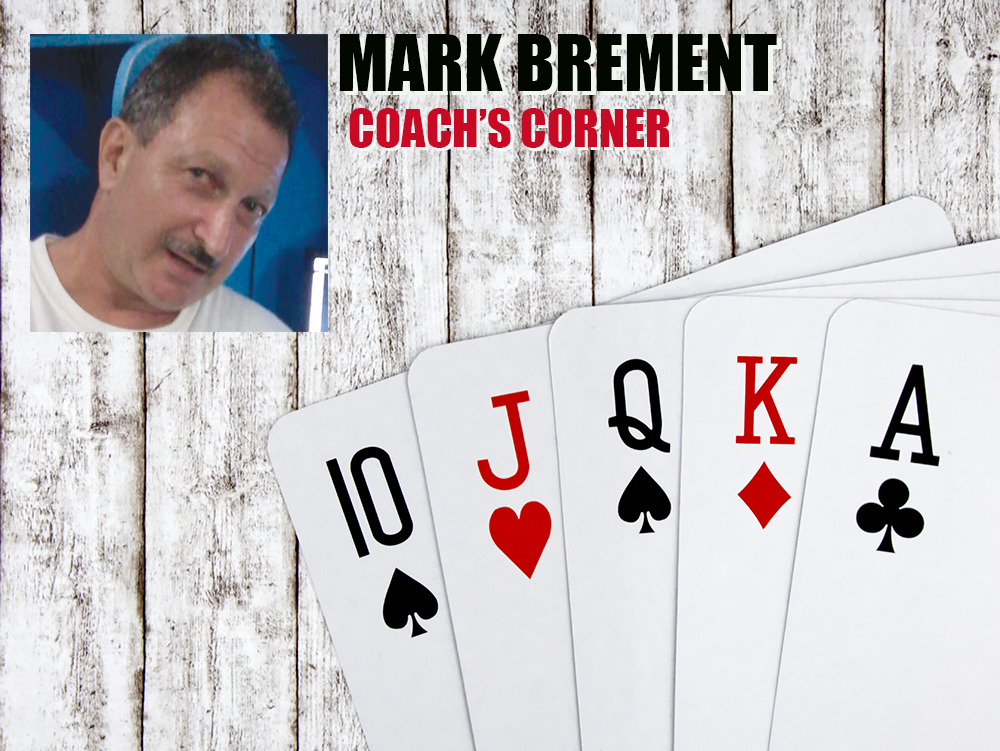Editor’s note: This is one in a series.
We must accept the premise that aggression in poker is essential to winning. Let’s try to analyze what it means to be an aggressive player and understand the many reasons aggression is such an important ingredient to be a consistent winner.
• Limp and see the flop is a style of play that is the opposite style of aggressive. When I coach a player who happens to be losing, limping is often one of the first leaks I plug to turn his results around. There are times when it’s acceptable to limp, but they are few and far between. Better to err on the side of aggression. In other words, if you’re first to enter a pot, you must be raising close to 90 percent of the time (tournaments and cash games are vastly different). You must start a pot whereby you are last to act. By failing to raise you are inviting players to enter behind you and entering a hand preflop without the advantage of acting last is a losing proposition. Winning players win more than their fair share of big pots. These players have a knack for building pots.
• After a player raises preflop, he’s often checked to by other players. This gives the raiser control of the situation and depending on the board texture, players in the pot and what the game texture is we can then act. Hopefully a c-bet is the play and quite often we take the pot down there. When we raise in late position, we’re most often playing against one or two opponents. This is a situational-profit center of the winning player. It should be obvious to the reader that aggression and position are close cousins.
• Raising will frustrate opponents. This also affords the aggressor the opportunity to change gears and set some traps. We want to keep our foes off balance. Don’t forget, while poker is a social game, it’s a form of war and we have a job to do.
• Bluffing is a big part of winning poker. Aggressive players can make a hand and get paid off in a monster pot whereby a predictable player making the same play will earn folds. Once again, the subject of the “big pot” has come up. If a player is referred to as a lucky player, and you can take this to the bank, the “lucky player” is creating this illusion by building the pots. There are loose-aggressive players and tight-aggressive players that can bring home the bacon. Indeed, a rare find: a passive player who wins.
There are 71 more reasons in which passive play is wrong. Don’t forget, you need a coach.
— Email Mark Brement at editor@anteupmagazine.com.




